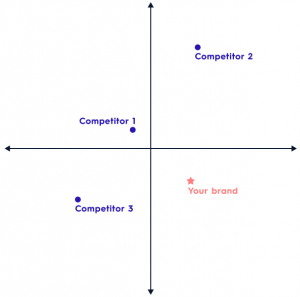The trainer stands on the nose of the killer whale and, together, they dive to the bottom of the pool. The trainer moves her feet to the whale’s flippers and holds on to the large nose. They come up out of the water and shoot 25-30 feet into the air. It’s a show-stopping performance. The crowd knows it is seeing something truly awesome. Describing this particular trick, called the “Rocket Hop,” the trainer says: “It’s pretty much the coolest feeling ever.” What did it take to get that trainer and that killer whale to the point of being able to perform such stunts together? A lot.
First of all, new trainers go through up to three years of training before they ever get into the water with one of the massive 26-foot-long, six-ton whales. Even at that point, the actual training has not begun. Before the process begins, trainers get to know the whale and form a relationship. They develop an understanding and fondness for each other. They trust each other. Trainers describe it as a step-by-step sequence that cannot be rushed.
The most important part of this process is daily interaction between the trainer and the whale. Trainers take part in “relationship sessions” with the whale. They spend one-on-one time together: they look into the whale’s eyes, rub their skin, play with them, and sometimes they simply swim together, sharing quiet time. What they do is not as important as just being together. Once trainers have bonded with the whales, they follow a careful training program, gradually teaching the whales to perform tricks that delight audiences. Throughout the entire process, and even after the whale is completely trained, personal interaction with the whale is crucial and must be maintained.
How much time do you spend with your people? Just like whales, they need to understand you and trust you. Get out of your office, and let them get to know you. Find out what’s important to them. And don’t take a big stick with you. Remember the whale trainer’s philosophy: when you need someone to perform, you must first build a rapport that leads to mutual trust.
Motivating employees requires an investment of time. You can’t rush the process of establishing trust. Let them know you are genuinely interested in them. Find out what is important in their lives. Reassure them that you mean them no harm, but are seeking their best interest. People don’t care how much you know, until they know how much you care.
This lesson has been excerpted from our award-winning 52 Leadership Lessons book. If you enjoyed this lesson and would like to read more, including additional insights and action items related to each lesson, please click here to purchase your own copy.
Business & Finance Articles on Business 2 Community
(16)






